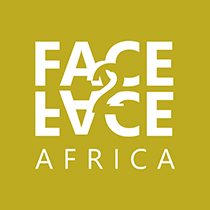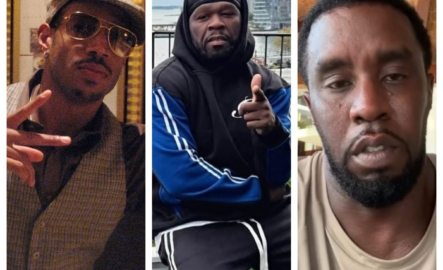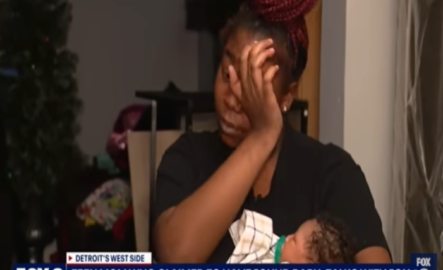After being struck by the highest U.S. tariffs in the world, Lesotho is urgently seeking a way forward.
The small southern African country, best known for its textile industry, which sends around 75% of its output to the United States was hit with a staggering 50% tariff on its exports. The measure, imposed under U.S. President Donald Trump, places Lesotho at the top of the global tariff list.
Trump justified the move by claiming Lesotho levies a 99% tariff on U.S. goods, a figure the Lesotho government disputes. Officials say they’re unsure how the U.S. government arrived at that number and did not clarify what the actual rate is.
READ ALSO: How Lesotho came to have its name
For years, Lesotho’s factories have stitched American fashion staples like Levi’s and Wrangler jeans, turning the nation of 2.3 million into a key player in U.S. apparel supply chains, according to an AP report. But the new tariffs threaten that role. With increased costs making Lesotho-made goods less competitive, American consumers may soon see higher prices—and fewer “Made in Lesotho” tags.
Watch Sandra Babu-Boateng’s in-depth analysis of this issue on The BreakDown podcast below—and don’t forget to subscribe to our channel, PanaGenius TV, for the latest episodes.
Trump, who has often dismissed smaller nations in blunt terms, mocked Lesotho in a March speech, calling it a country “nobody has ever heard of.” In response, Lesotho’s foreign minister reminded him that the U.S. maintains a diplomatic mission in the country.
Lesotho, which last year celebrated the bicentennial of the Basotho nation and 58 years of independence from British rule, is landlocked and entirely surrounded by South Africa. Despite its size, it’s known for its stunning mountain landscapes, attracting tourists and even skiers from across the continent and beyond.
As a member of the Southern African Customs Union, Lesotho enjoys tariff-free trade with regional partners such as South Africa, Botswana, Namibia, and Eswatini. Its main exports include textiles, diamonds, water, hydroelectric power, wool, and mohair.
READ ALSO: The surprising origins and history of gift giving among early men in Lesotho
But the fallout from the U.S. tariffs could be severe. Lesotho’s Trade Minister Mokhethi Shelile warned of looming factory closures and job losses in the textile sector, which employs about 12,000 people. “We are deeply concerned,” he said, adding that the government would send an urgent delegation to Washington to negotiate a better deal.
In the meantime, Lesotho is looking to diversify its markets. Shelile said the country plans to leverage the African Continental Free Trade Area (AfCFTA) to boost exports to more favorable destinations within the continent.
In 2024, bilateral trade between the U.S. and Lesotho totaled $240.1 million, according to the Office of the U.S. Trade Representative. Beyond apparel, Lesotho also exports diamonds and other goods.
Categorized as a lower-middle-income country by the World Bank, Lesotho continues to face economic challenges: nearly half its population lives below the poverty line, and roughly one in four is unemployed.
READ ALSO: Another massive diamond that could sell for as much as $18m has been found in Lesotho










